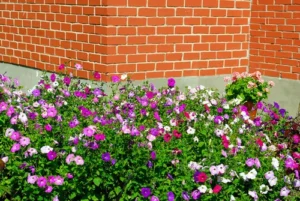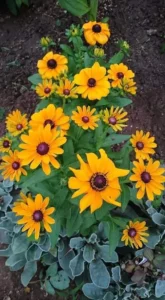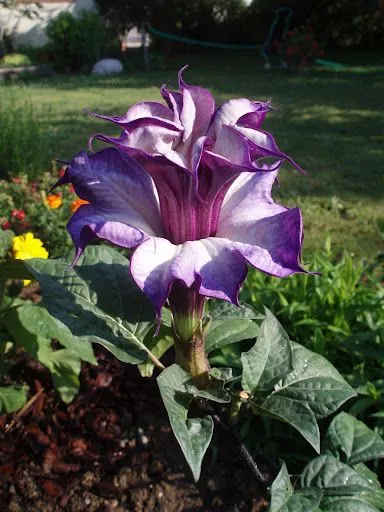The Enchanting World of Peonies: Symbolism, and Conservation
1. Introduction to Peonies
Peonies, revered for their opulent blooms and intoxicating fragrance, have captivated gardeners and artists alike for centuries. Originating from Asia and Europe, these perennial beauties hold deep cultural significance and are cherished for their diverse colors and forms. In Chinese culture, peonies symbolize prosperity and honor, often featured prominently in art and literature. This introduction sets the stage for exploring the various facets of peonies, from their botanical features to their symbolic meanings and ecological importance.
2. Botanical Features and Classification
Peonies belong to the Paeonia genus within the Paeoniaceae family, encompassing herbaceous perennials and woody shrubs. Their robust stems support large, showy flowers characterized by numerous petals arranged in layers around a central cluster of stamens and carpels. This section delves into the taxonomy of peonies, distinguishing between herbaceous peonies (Paeonia lactiflora) and tree peonies (Paeonia suffruticosa), highlighting their botanical differences and evolutionary adaptations to diverse habitats.
3. Growing Peonies: Cultivation Tips and Techniques
Successful cultivation of peonies begins with selecting appropriate cultivars based on climate and soil conditions. Peonies thrive in temperate climates with well-drained, fertile soil enriched with organic matter. Planting depth, spacing, and sunlight exposure are critical factors influencing their growth and blooming. This section provides comprehensive guidance on planting methods, soil preparation, watering schedules, and seasonal care practices to ensure optimal growth and abundant flowering throughout the growing season.

4. Popular Varieties of Peonies
Peonies are celebrated for their diversity of colors, forms, and fragrances, offering a wealth of choices for gardeners and landscape designers. Herbaceous peonies such as ‘Sarah Bernhardt’ and ‘Festiva Maxima’ are renowned for their classic beauty and resilience in garden settings. Tree peonies like ‘High Noon’ and ‘Renkaku’ captivate with their exquisite blooms and architectural foliage, making them prized specimens in ornamental gardens. Each variety is described in detail, showcasing their unique characteristics and recommended uses in garden design.
5. Peonies in Garden Design
Designing with peonies enhances the visual appeal and seasonal interest of garden landscapes. Their early to late spring bloom period provides a burst of color and fragrance, complementing companion plants such as irises, roses, and alliums. Design principles for integrating peonies into gardens include creating focal points, designing perennial borders, and incorporating them into mixed planting schemes for continuous bloom and aesthetic harmony. Practical tips on combining peony varieties based on bloom times and color palettes ensure year-round visual interest.
6. Symbolism and Cultural Significance
Peonies hold deep symbolic meanings in various cultures, symbolizing prosperity, romance, and honor. In Chinese art and literature, peonies are revered as symbols of wealth and beauty, often depicted in paintings and poetry. Western cultures associate peonies with romance and femininity, reflecting their timeless allure in bridal bouquets and floral arrangements. This section explores the historical and contemporary symbolism of peonies, showcasing their cultural significance and enduring popularity in social customs and artistic expressions.
7. Medical and Herbal Uses
Beyond their ornamental value, peonies have been utilized for centuries in traditional medicine for their therapeutic properties. Peony root extracts are prized for their anti-inflammatory, antioxidant, and antispasmodic effects, offering potential health benefits in treating conditions such as arthritis, menstrual disorders, and skin ailments. Modern research continues to explore the pharmacological potential of peony compounds, highlighting their role in promoting overall health and well-being.
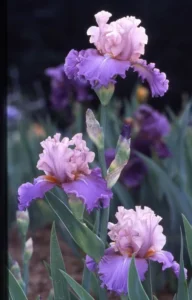
8. Challenges and Pests
Despite their resilience, peonies are susceptible to pests and diseases that can affect their health and blooming. Common pests include aphids, spider mites, and fungal infections such as botrytis blight. Integrated pest management strategies, including cultural practices and organic treatments, help mitigate these challenges and maintain plant vigor throughout the growing season. This section provides practical guidance on identifying and addressing common peony pests and diseases to ensure healthy and thriving plants.
9. Peony Festivals and Events
Peony festivals celebrate the beauty and cultural significance of these beloved flowers, attracting enthusiasts and visitors from around the world. Events such as the Luoyang Peony Festival in China and the Peony Festival in Japan showcase stunning displays of peony varieties in full bloom, accompanied by cultural performances and exhibitions. Notable peony gardens, including the Peony Garden at the Beijing Botanical Garden and Kew Gardens in London, offer immersive experiences with diverse collections and historical significance. This section highlights the vibrant celebration of peonies through festivals, events, and botanical gardens globally.
10. Conservation Efforts and Future Prospects
Conservation of peony species is essential to preserving genetic diversity and ecological balance in natural habitats. Efforts to protect wild peony populations from habitat loss, climate change, and overexploitation emphasize sustainable cultivation practices and conservation initiatives. Future trends in peony research and cultivation focus on enhancing disease resistance, expanding genetic resources, and promoting public awareness of peony conservation efforts globally. This section explores ongoing conservation efforts and initiatives to safeguard peony species for future generations.
11. Conclusion
The enchanting allure of peonies transcends cultural boundaries, captivating gardeners, artists, and enthusiasts worldwide. From their botanical diversity and symbolic meanings to their therapeutic benefits and ecological importance, peonies continue to inspire admiration and fascination. This concluding section reflects on the enduring appeal of peonies and their role in shaping landscapes, cultural traditions, and conservation efforts globally. It emphasizes the timeless beauty and significance of peonies as enduring symbols of nature’s splendor and human creativity.
Peonies, renowned for their luxurious blooms and captivating fragrance, have enchanted gardeners and artists for centuries. Originating from Asia and Europe, these perennial beauties hold deep cultural significance and are cherished for their diverse colors and forms. In Chinese culture, peonies symbolize prosperity, honor, and beauty, often featured prominently in art, literature, and festivals. Their journey from ancient medicinal herb to ornamental garden favorite underscores their enduring appeal and universal allure.
Beyond their ornamental value, peonies have been utilized for centuries in traditional medicine for their therapeutic properties. Peony root extracts are prized for their anti-inflammatory, antioxidant, and analgesic effects, offering potential health benefits in treating conditions such as arthritis, menstrual disorders, and skin ailments. Modern research continues to explore the pharmacological potential of peony compounds, including their antimicrobial properties and immune-modulating effects. Insights into the biochemical composition of peony extracts and their applications in pharmaceutical formulations underscore their role in promoting holistic health and well-being.
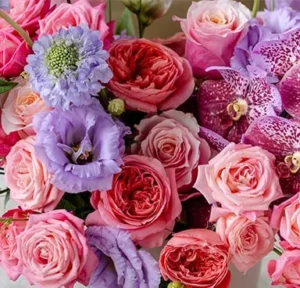
Conservation of peony species is essential to safeguarding genetic diversity and ecological balance in natural habitats worldwide. Efforts to protect wild peony populations from habitat loss, climate change, and overexploitation emphasize sustainable cultivation practices and conservation initiatives. Collaborative partnerships between botanical gardens, research institutions, and local communities focus on preserving rare and endangered peony species through seed banking, habitat restoration, and public education programs. Future trends in peony research and cultivation aim to enhance disease resistance, expand genetic resources, and promote public awareness of peony conservation efforts globally. This section explores ongoing conservation initiatives, emerging research priorities, and opportunities for community engagement in peony conservation and sustainability efforts.
The enchanting allure of peonies transcends cultural boundaries, captivating gardeners, artists, and enthusiasts worldwide. From their botanical diversity and symbolic meanings to their therapeutic benefits and ecological importance, peonies continue to inspire admiration and fascination. This concluding section reflects on the enduring appeal of peonies as symbols of beauty, resilience, and cultural heritage. It underscores their role in shaping landscapes, cultural traditions, and conservation efforts globally, emphasizing the importance of preserving peony diversity for future generations to enjoy. By celebrating their timeless beauty and ecological significance, peonies remain cherished ambassadors of nature’s splendor and human creativity.

